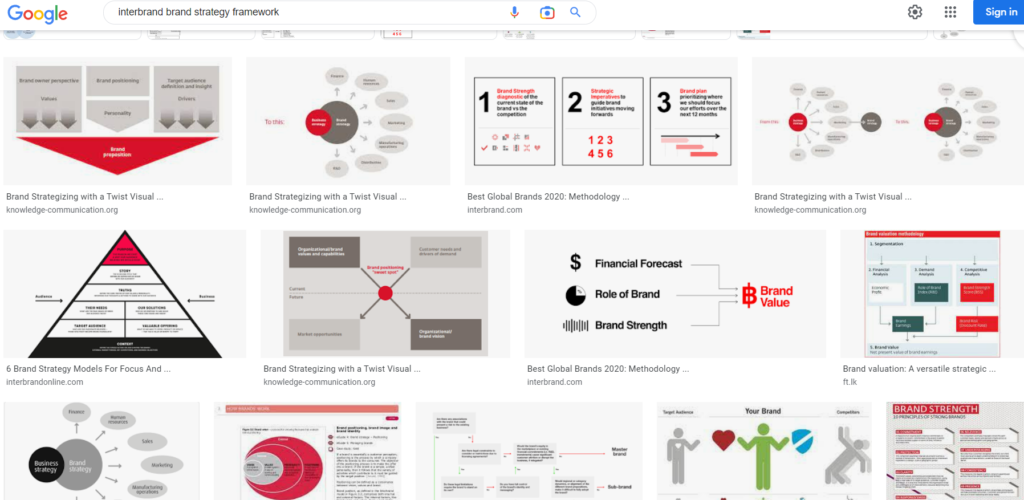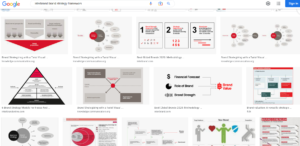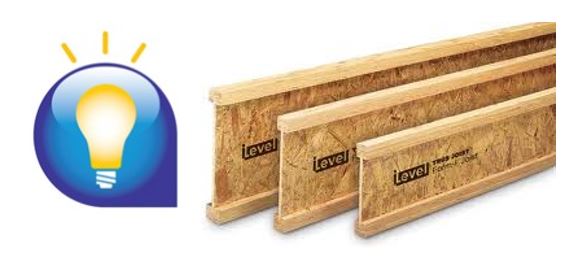Brand Positive
As mentioned in an earlier post, brand planners — the day-to-day sort — spend their days looking for problems to solve. A bit of a bummer day-job, if you ask me. Once articulated, brand planners surround the problem with insights and solutions and level out on a single communication to solve said problem. Hey, it’s a living. It can make for great ads and planning awards.
At What’s The Idea?, brand strategy is a one-time exercise AKA master brand strategy. It’s where I create a toolkit to solve problems. But the tools build the brand. (Tools, comprised of a claim and three proof planks.) So, where an everyday brand planner might create a very effective solution to an individual tactical problem, specific to the problem, a solution based upon the master brand strategy has more focus and aim. The latter makes deposits in the brand bank as Marilyn Laurie used to say.
You can’t just put a logo and tagline on a randomized problem/solution message and call it brand positive. You have to deliver the master brand strategy.
For examples of such master brand strategies including the claim and proof framework, please write me at Steve@WhatsTheidea.com
Peace.










